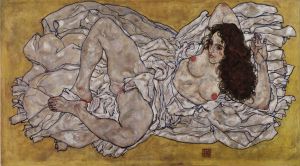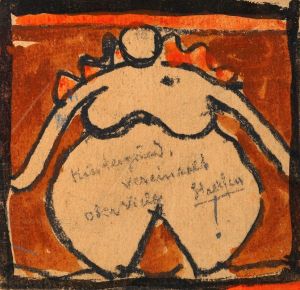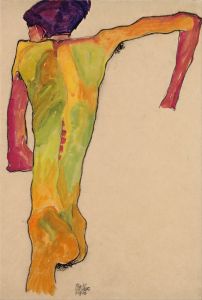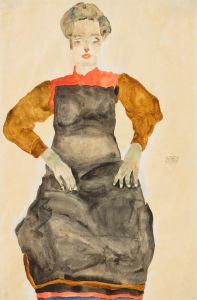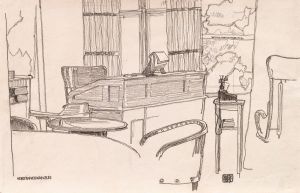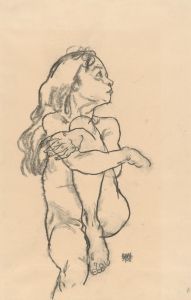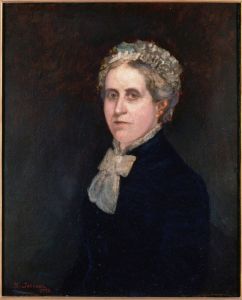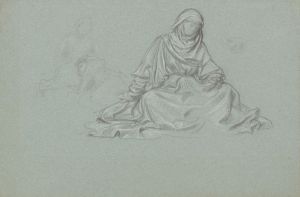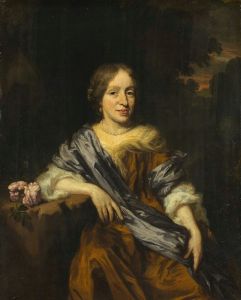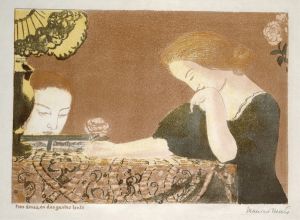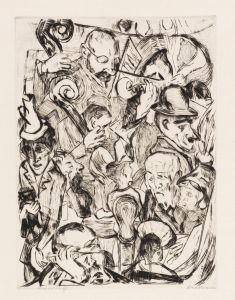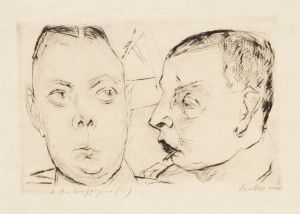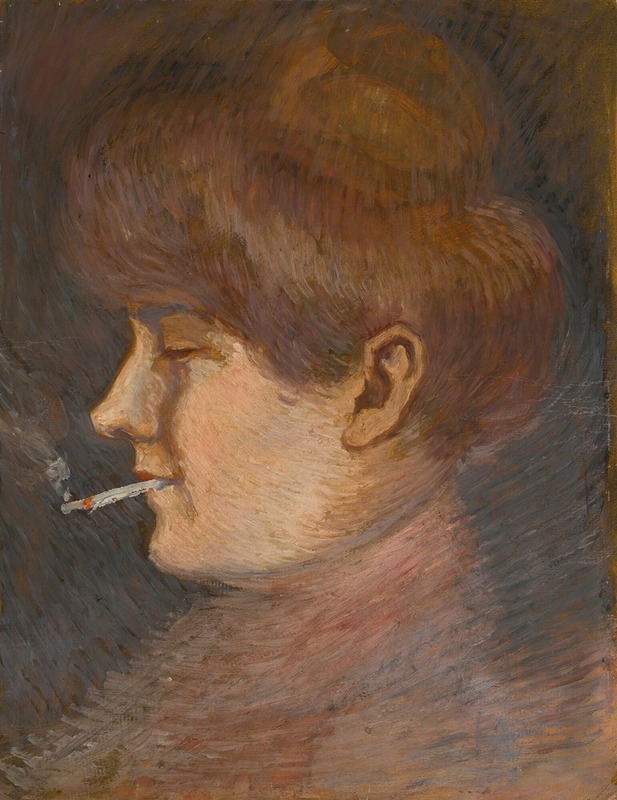
Portrait Of Bertha Von Wiktorin
A hand-painted replica of Egon Schiele’s masterpiece Portrait Of Bertha Von Wiktorin, meticulously crafted by professional artists to capture the true essence of the original. Each piece is created with museum-quality canvas and rare mineral pigments, carefully painted by experienced artists with delicate brushstrokes and rich, layered colors to perfectly recreate the texture of the original artwork. Unlike machine-printed reproductions, this hand-painted version brings the painting to life, infused with the artist’s emotions and skill in every stroke. Whether for personal collection or home decoration, it instantly elevates the artistic atmosphere of any space.
"Portrait of Bertha von Wiktorin" is a painting by the Austrian Expressionist artist Egon Schiele, created in 1910. Schiele, born in 1890, was a protégé of Gustav Klimt and is known for his intense and often controversial works that explore themes of sexuality, death, and self-identity. His distinctive style is characterized by its raw emotional intensity, bold lines, and striking use of color.
Bertha von Wiktorin, the subject of this portrait, was a cousin of Egon Schiele. The painting is one of several portraits Schiele created of his family members, which often served as intimate studies of his close relationships and personal world. In "Portrait of Bertha von Wiktorin," Schiele captures his cousin with a sense of immediacy and psychological depth that is typical of his portraiture.
The painting depicts Bertha in a seated position, her body slightly turned to the side, with her head facing forward. Her expression is contemplative, and her eyes engage directly with the viewer, creating a sense of connection and introspection. Schiele's use of line in this work is particularly notable; the contours of Bertha's face and body are rendered with sharp, almost angular lines that convey both fragility and strength. The background is minimalistic, ensuring that the focus remains on the subject.
Schiele's palette in this portrait is relatively subdued compared to some of his other works, with muted tones that enhance the somber and reflective mood of the piece. The artist's application of color is deliberate and expressive, with subtle variations that add depth and texture to Bertha's skin and clothing.
"Portrait of Bertha von Wiktorin" exemplifies Schiele's ability to convey complex emotional states through his art. His portraits are not merely representations of physical likeness but are imbued with a psychological intensity that reveals the inner life of his subjects. This approach was innovative at the time and contributed to Schiele's reputation as a leading figure in the Expressionist movement.
Egon Schiele's career was tragically short; he died in 1918 at the age of 28 from the Spanish flu pandemic. Despite his brief life, Schiele left behind a significant body of work that continues to be celebrated for its emotional power and technical mastery. His portraits, including "Portrait of Bertha von Wiktorin," remain influential and are studied for their unique contribution to early 20th-century art.
Today, Schiele's works are held in major museums and private collections around the world, and his legacy as a pioneering artist endures. "Portrait of Bertha von Wiktorin" is a testament to his skill in capturing the essence of his subjects and his ability to convey profound human experiences through his art.





